The private aviation industry has witnessed unprecedented growth in the past decade. From high-net-worth individuals to corporations, the demand for private jet travel has surged, driving massive growth in fleet sizes, customer bases, and international reach. In this article, we’ll uncover the top informational keyword “largest private aviation companies” by offering in-depth information about major players in the sector, how technology is redefining private aviation, and why these companies matter in today’s interconnected world.
What Defines the Largest Private Aviation Companies
“Largest” in the context of private aviation can be defined through several lenses: the number of aircraft in the fleet, global footprint, client base, annual flight hours, and total revenue. These companies often manage thousands of flights per year and operate across continents with sophisticated infrastructure and safety systems.
They aren’t just private jet providers—they are logistics powerhouses with capabilities in aircraft management, charter services, maintenance, crew training, and more. Many have partnerships with major airlines, hospitality brands, and tech platforms to enhance their service offerings. Their scale allows them to offer flexible, efficient, and consistent services that smaller operators simply cannot match.
Core Features That Make Them Industry Giants
Leading aviation companies invest heavily in innovation and customer experience. Their strength lies in:
-
Vast and diversified fleets (light jets to intercontinental aircraft)
-
24/7 operational control centers
-
Proprietary technology platforms for flight management and bookings
-
Comprehensive aircraft maintenance and pilot training programs
-
Global operations across hundreds of airports and private terminals
These advantages result in enhanced reliability, speed, and personalization—critical factors for demanding clients in business and luxury markets.
Real-World Examples of the Largest Private Aviation Companies
1. NetJets
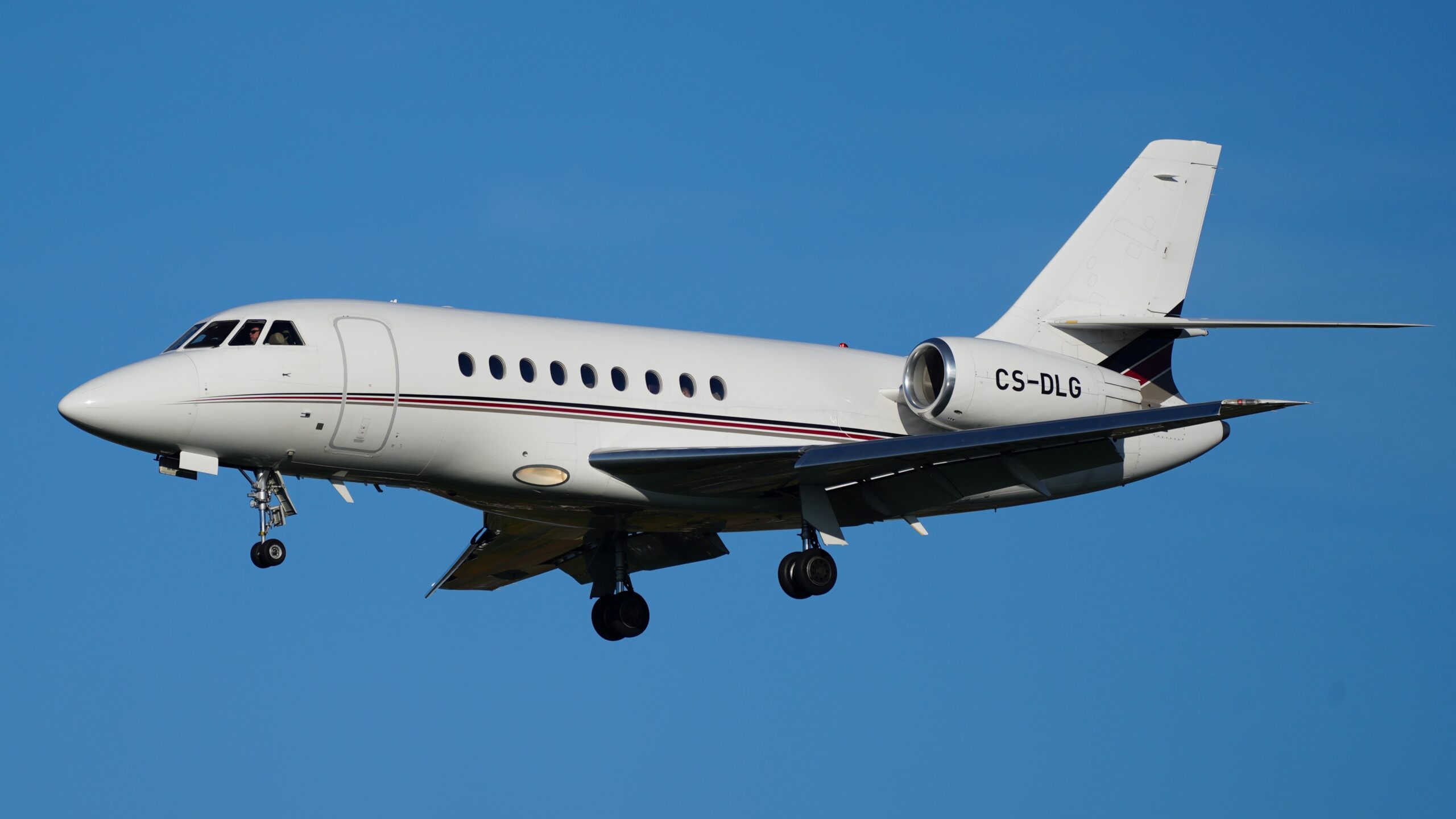
NetJets, owned by Berkshire Hathaway, is the undisputed global leader in private aviation. With a fleet of over 750 aircraft, it operates more jets than most commercial airlines and offers services in more than 5,000 airports worldwide.
NetJets pioneered the concept of fractional jet ownership, giving clients the ability to own a share of an aircraft while enjoying guaranteed access, high safety standards, and consistent service. The company employs more than 7,000 staff members, including pilots, engineers, and support teams, making it one of the most well-resourced operators globally.
Its success is built on operational excellence, exceptional safety records, and the ability to scale personalized aviation solutions for both individuals and corporations.
2. Vista Global (VistaJet and XO)
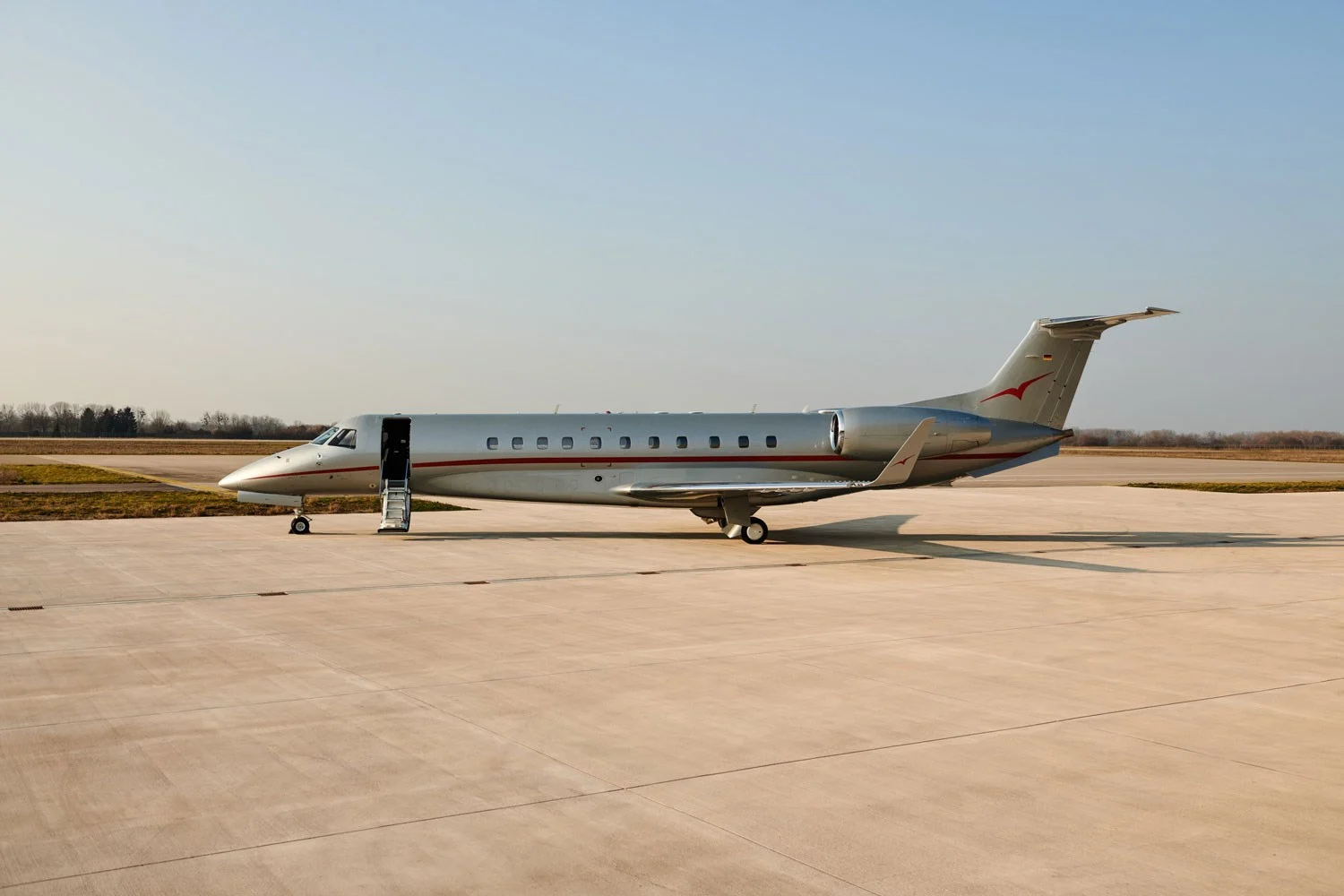
Vista Global Holding encompasses VistaJet and XO, among other aviation services. Combined, Vista Global manages a fleet of over 360 aircraft and provides access to an additional 2,100+ partner jets. Its services span subscription-based flying, on-demand charters, and hybrid solutions that meet both personal and business needs.
VistaJet is recognized for its silver and red fleet of Bombardier aircraft operating under a global model with no positioning fees. XO, meanwhile, leverages cutting-edge digital platforms to provide booking and aircraft-sharing options.
The company’s aggressive acquisition strategy—such as acquiring JetSmarter and Air Hamburg—has expanded its footprint and fleet rapidly. Vista Global now ranks among the largest private aviation companies globally by fleet size and international access.
3. Flexjet
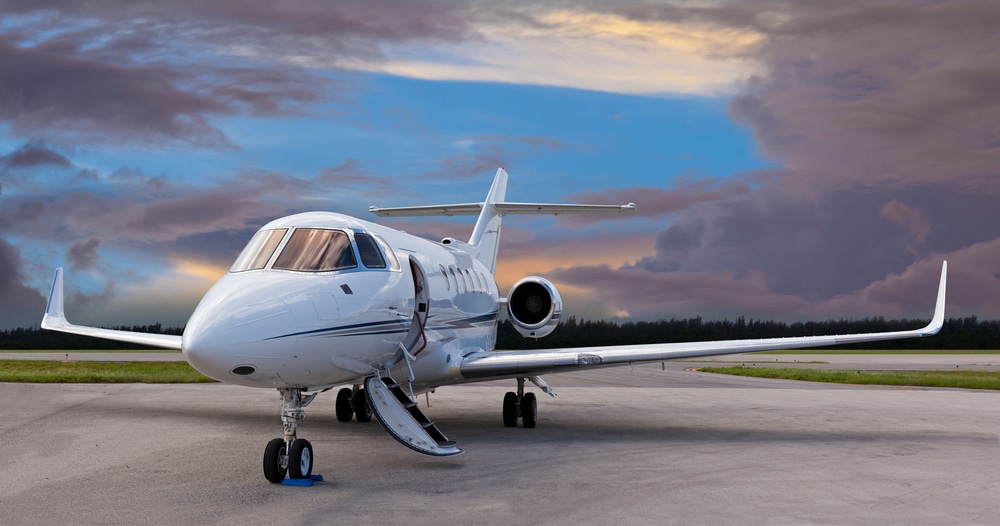
Flexjet has steadily grown into one of the dominant players in the North American and European markets. Like NetJets, it offers fractional ownership and jet card programs, but differentiates itself through elite concierge services and a fleet of newer, factory-delivered aircraft.
Its parent company, Directional Aviation, has invested in infrastructure, sustainability programs, and maintenance facilities, giving Flexjet strong vertical integration. The company operates a fleet that includes Embraer Praetor 600s, Gulfstream G650s, and Bombardier aircraft.
Flexjet’s focus on refined service, state-of-the-art lounges, and luxury experiences has made it a top choice among discerning flyers seeking more than just transportation.
4. Wheels Up
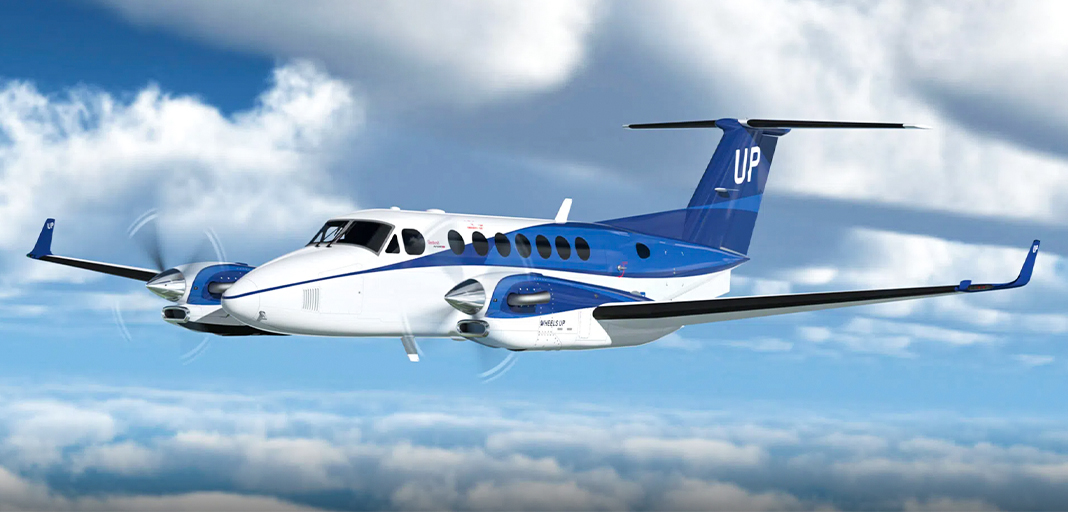
Wheels Up is a U.S.-based company that offers access to over 1,500 aircraft through both owned and partner fleets. With a unique membership-based model, the company has positioned itself to serve a wide range of flyers, from individuals seeking leisure flights to corporate clients requiring frequent regional travel.
Wheels Up’s acquisition of Gama Aviation Signature and Mountain Aviation greatly increased its operational capacity. It also partners with Delta Air Lines, giving it a strategic advantage in hybrid private-commercial travel solutions.
Its digital booking app, personalized concierge services, and dynamic pricing models have brought a modern and tech-forward face to large-scale private aviation.
5. Jet Linx Aviation
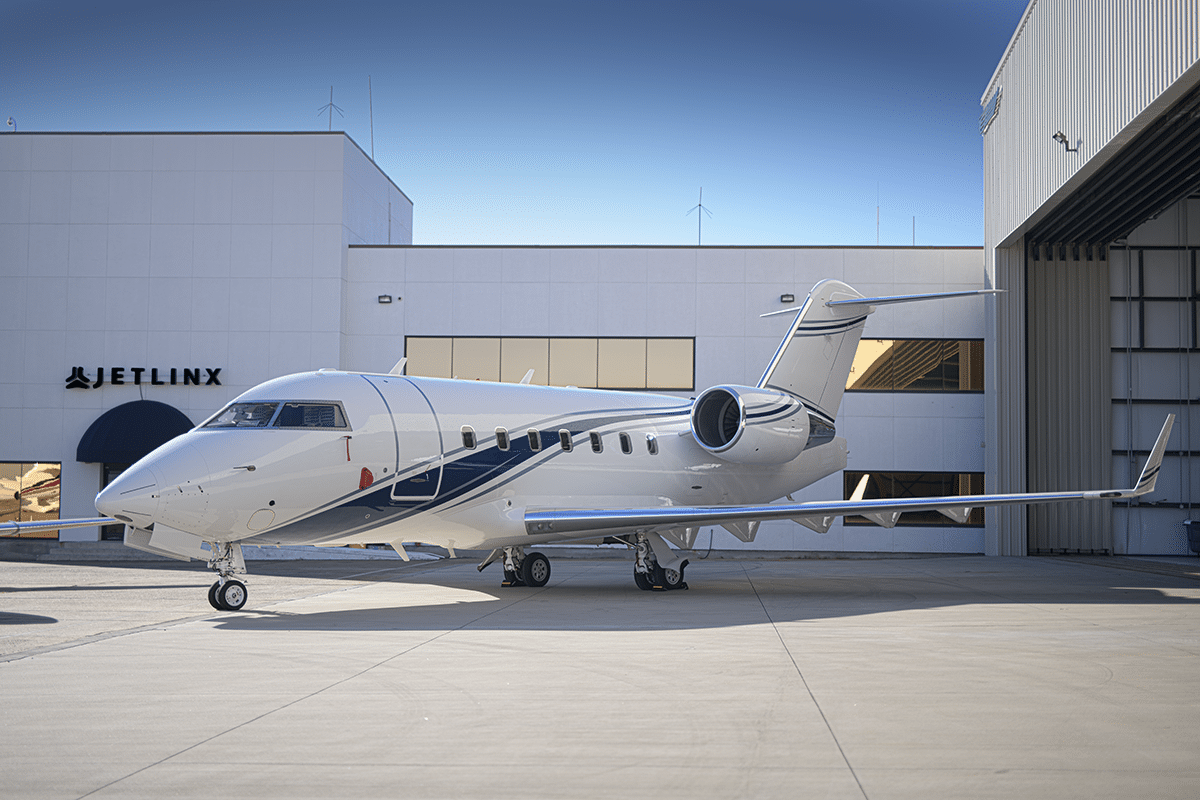
Jet Linx operates with a more localized service model but manages one of the largest private aviation programs in the U.S., with over 100 aircraft and a growing network of private terminals (Base Locations). Each client is served by a dedicated team at their local base, giving them a highly personalized experience.
Jet Linx focuses heavily on managed aircraft programs, allowing owners to monetize their jets when not in use. Its in-house maintenance teams, pilot training programs, and proprietary operational software ensure the highest standards of safety and consistency.
Despite its more regional approach, Jet Linx’s scale and customer loyalty place it among the top private aviation companies in North America.
The Role of Technology in the Growth of Private Aviation Giants
Real-Time Flight Management and Operations
The largest private aviation companies use proprietary and third-party software to manage thousands of flights across the globe. This includes route optimization, real-time weather tracking, fuel management, and risk mitigation tools—all of which contribute to higher efficiency and safety.
Flight control centers operate 24/7 and monitor every aircraft in the air, ensuring support is immediately available for clients and crew. This real-time visibility allows for better response to delays, air traffic changes, or emergencies.
AI-Driven Client Personalization
Artificial intelligence is now being integrated to better understand traveler behavior and preferences. Whether it’s preferred meal types, departure times, or pet accommodations, AI systems tailor each flight to the client’s profile, resulting in a more refined and seamless experience.
Mobile apps powered by machine learning also recommend aircraft based on recent usage or optimize route planning for maximum efficiency and cost-effectiveness.
Digital Booking and Fleet Access
Companies like XO and Wheels Up are transforming how users access private flights through digital marketplaces. These apps provide real-time pricing, availability, and booking—all with a few taps. For large operators, this creates scalable ways to serve more clients with less overhead, while still maintaining service standards.
Tech-enhanced booking also enables customers to choose aircraft types, view cabin layouts, and track upcoming trips, making private aviation as convenient as ridesharing.
Use Cases: Why the Largest Private Aviation Companies Matter
Business Expansion Across Borders
Executives and entrepreneurs use private jets to visit multiple cities in one day or to reach remote manufacturing hubs and clients. With no need for layovers or lengthy security checks, productivity increases while travel stress decreases. The scale and reach of large aviation companies ensure consistent service in diverse regions.
Emergency and Crisis Response
In natural disasters or urgent political situations, large charter companies are often contracted to evacuate personnel, deliver medical supplies, or transport key stakeholders. Their global network of aircraft crews allows for fast deployment in crisis scenarios.
Lifestyle and Luxury Travel
For high-net-worth individuals, these companies offer more than just transport—they deliver experiences. From flying directly to ski resorts, island getaways, or remote safari lodges, clients enjoy tailored itineraries with top-tier aircraft, gourmet cuisine, and concierge logistics.
Film, Sports, and Media Logistics
Production teams, athletes, and entertainers often rely on private aviation for strict schedules and equipment transport. Large companies with expansive fleets ensure time-sensitive deliveries and allow privacy and control during high-profile travels.
Benefits of Using Large Private Aviation Companies
Scalability and Flexibility
Larger aviation companies can accommodate sudden schedule changes, last-minute bookings, or increased passenger loads with ease. Their vast fleets mean clients are rarely left without options, and their infrastructure supports high-volume, high-speed operations globally.
Consistency and Safety
With standard operating procedures, extensive training, and round-the-clock monitoring, large companies provide peace of mind. Travelers can expect the same level of service whether flying from Los Angeles to New York or from Dubai to London.
Innovative Customer Experience
From in-flight entertainment to pre-flight lounges and door-to-door ground transportation, the largest companies invest heavily in complete end-to-end experiences. Clients benefit from a suite of amenities that elevate private aviation beyond just a mode of transport.
Frequently Asked Questions (FAQ)
Q1. What is the largest private aviation company in the world?
NetJets is the largest private aviation company globally, with over 750 aircraft and operations in more than 5,000 airports. It offers fractional ownership, jet cards, and charter services, backed by Berkshire Hathaway’s financial strength.
Q2. How do large private jet companies ensure safety across such large fleets?
These companies maintain their training academies, conduct their regular audits, and partner with safety organizations like ARGUS, Wyvern, and IS-BAO. They use predictive maintenance, pilot simulation programs, and 24/7 control centers to uphold the highest standards.
Q3. Are large private aviation companies more expensive than smaller operators?
Not necessarily. While large companies offer more premium experiences, they also benefit from economies of scale, allowing them to offer competitive pricing, especially through membership programs or shared flights. Their consistency, safety, and global reach often justify the cost for regular flyers.
